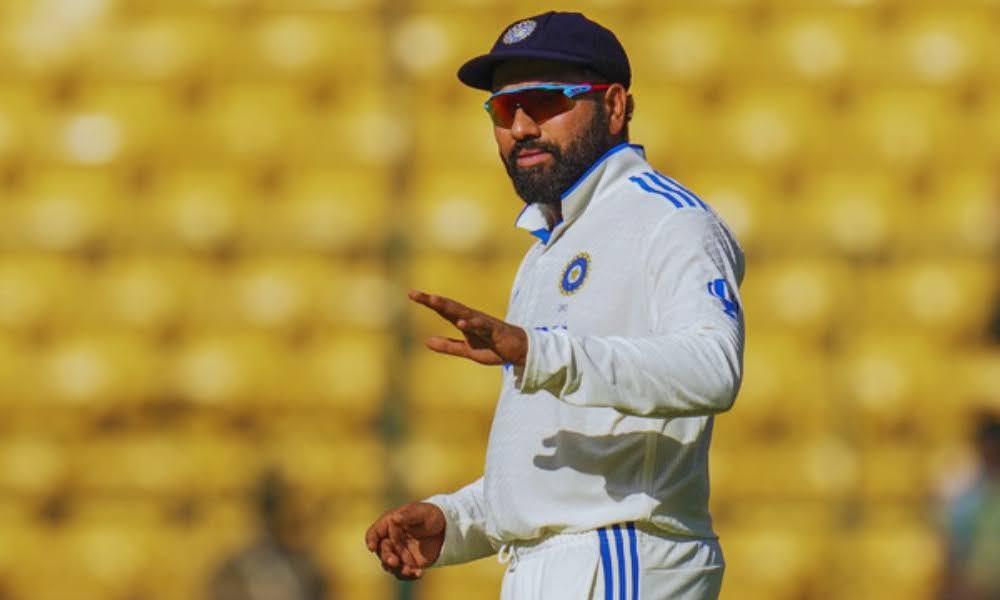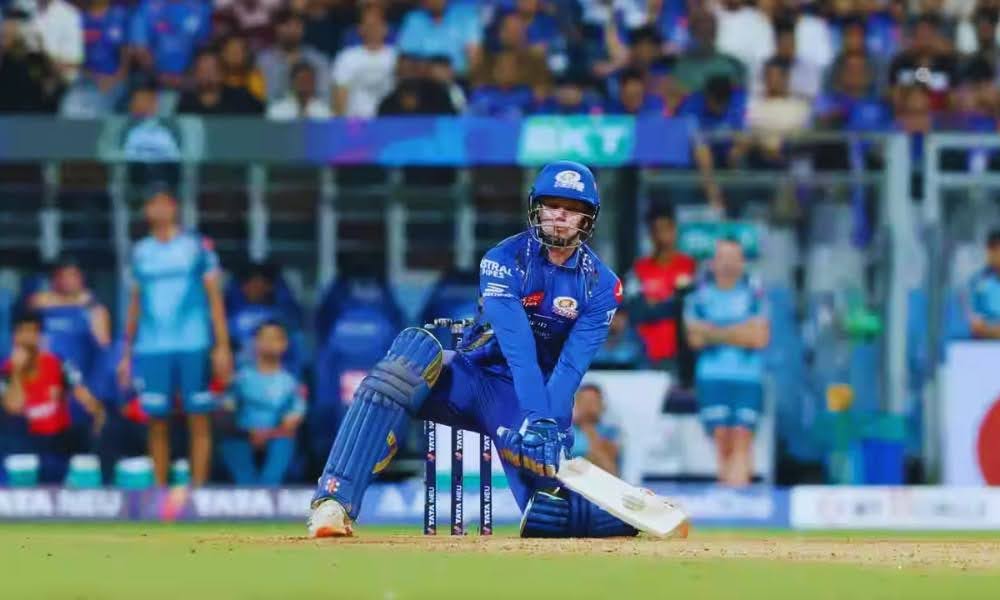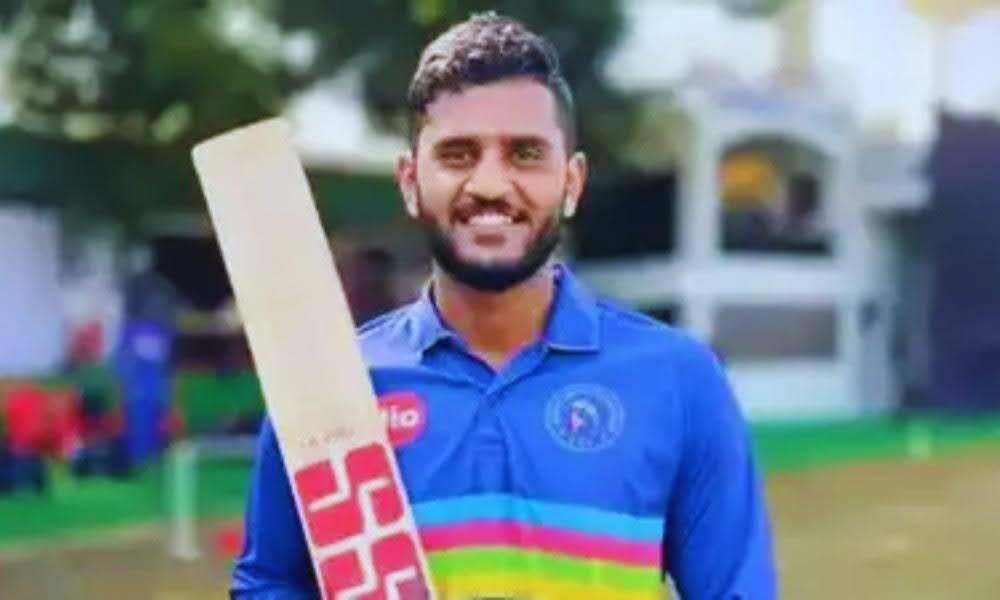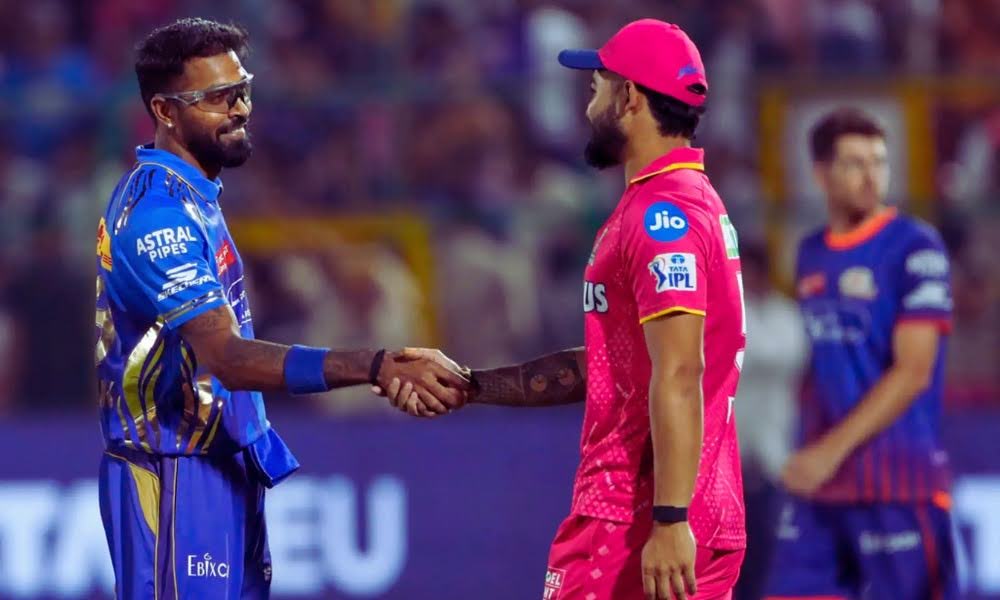Rohit Sharma Announces Retirement from Test Cricket After Being Removed as Captain

India’s cricketing stalwart, Rohit Sharma, has retired from Test cricket with immediate effect.
The announcement came a day after national selectors chose to move on from him as captain for the upcoming England tour, opting for a new leader.
Rohit Bids Goodbye to the Whites
On Wednesday, Rohit shared a heartfelt message via social media. “Hello, everyone. I would just like to share that I am retiring from Test cricket. It’s been an absolute honour to represent my country in whites,” he posted.
“Thank you for all the love and support over the years. I will continue to represent India in the ODI format.”
This move marks Rohit’s second international retirement after he stepped away from T20 Internationals post India’s World Cup triumph last year. He remains committed to playing in the ODI format.
Selectors Eye Fresh Leadership
According to sources, the decision to drop Rohit as Test captain wasn’t about transitioning away from senior players but was largely influenced by his declining performances in red-ball cricket.
Reports indicate the selectors and BCCI had extensive deliberations over Rohit’s future, especially in light of his inconsistency with the bat.
“The selectors’ thought process is clear. They want a new leader for the England tour and Rohit doesn’t fit in as a captain, especially considering his red-ball form,” a BCCI source stated.
“They want to groom a young leader for the next Test cycle and the selection committee has informed the BCCI that Rohit won’t lead the team.”
Recent Struggles in Test Arena
Rohit’s red-ball performance had been under the scanner. He averaged only 6.20 in five innings during the Border-Gavaskar Trophy in Australia and had even dropped himself from the final Test in Sydney.
In the previous home series against New Zealand, his average stood at 15.16 across three Tests.
He had missed the Perth Test in Australia due to the birth of his second child and later altered his batting position, before returning as an opener in Melbourne.
Despite his efforts, India eventually lost the series after winning the first Test under Jasprit Bumrah’s leadership.
Rohit’s overall Test average stands at 40.57 from 67 matches. Outside India, his average dips to 31.01, with notable struggles in Australia (24.38) and South Africa (16.63), although he found some success in England, averaging 44.66 as an opener.
Selection Dilemma and Leadership Concerns
The selectors reportedly contemplated retaining Rohit as a specialist batter but were reluctant to do so due to possible complications in team balance and morale.
Having a struggling captain posed a challenge—removing him from the playing XI would have been controversial and potentially disruptive.
His removal was a preemptive measure to avoid repeating instability witnessed on recent overseas tours, especially Australia.
It also reflects the selectors’ focus on long-term planning and building a more consistent leadership group for the next Test cycle.
Gambhir’s Stance on Veterans
Head coach Gautam Gambhir recently commented on the matter, stating team selection lies entirely with the selectors. “First things first, a coach’s job isn’t selecting the team. It is the job of the selectors to select. The coach only selects the 11 who will play a match,” he said.
He added that decisions regarding retirement should rest with the players. “Till the time they are performing, they should be a part of the team. When you start and when you end is your individual decision.”
Gambhir acknowledged the performances of both Rohit and Virat Kohli in recent ICC tournaments, suggesting their future involvement would depend on consistent performance rather than age or public pressure.
Behind the Scenes: BCCI and Rohit’s Final Decision
Sources suggest that over the past few months, Rohit had shown interest in reclaiming form and was motivated to lead India’s attack in England.
He had even spoken enthusiastically about the opportunity on former Australia captain Michael Clarke’s podcast ‘Beyond 23’, highlighting the prospect of leading a potent bowling unit comprising Bumrah, Shami, and Siraj.
However, the clear message from the selectors and BCCI eventually led him to step down. Despite his effort to return via domestic cricket—he played in the Ranji Trophy—selectors remained unconvinced.
With the IPL 2025 season ongoing, Rohit’s decision came as a surprise to many. But for those within the cricketing circles, it marked the end of a phase where performance and leadership expectations did not align.
As Indian cricket gears up for a new chapter, the departure of a seasoned player like Rohit Sharma from the Test format marks both a moment of reflection and transition.









